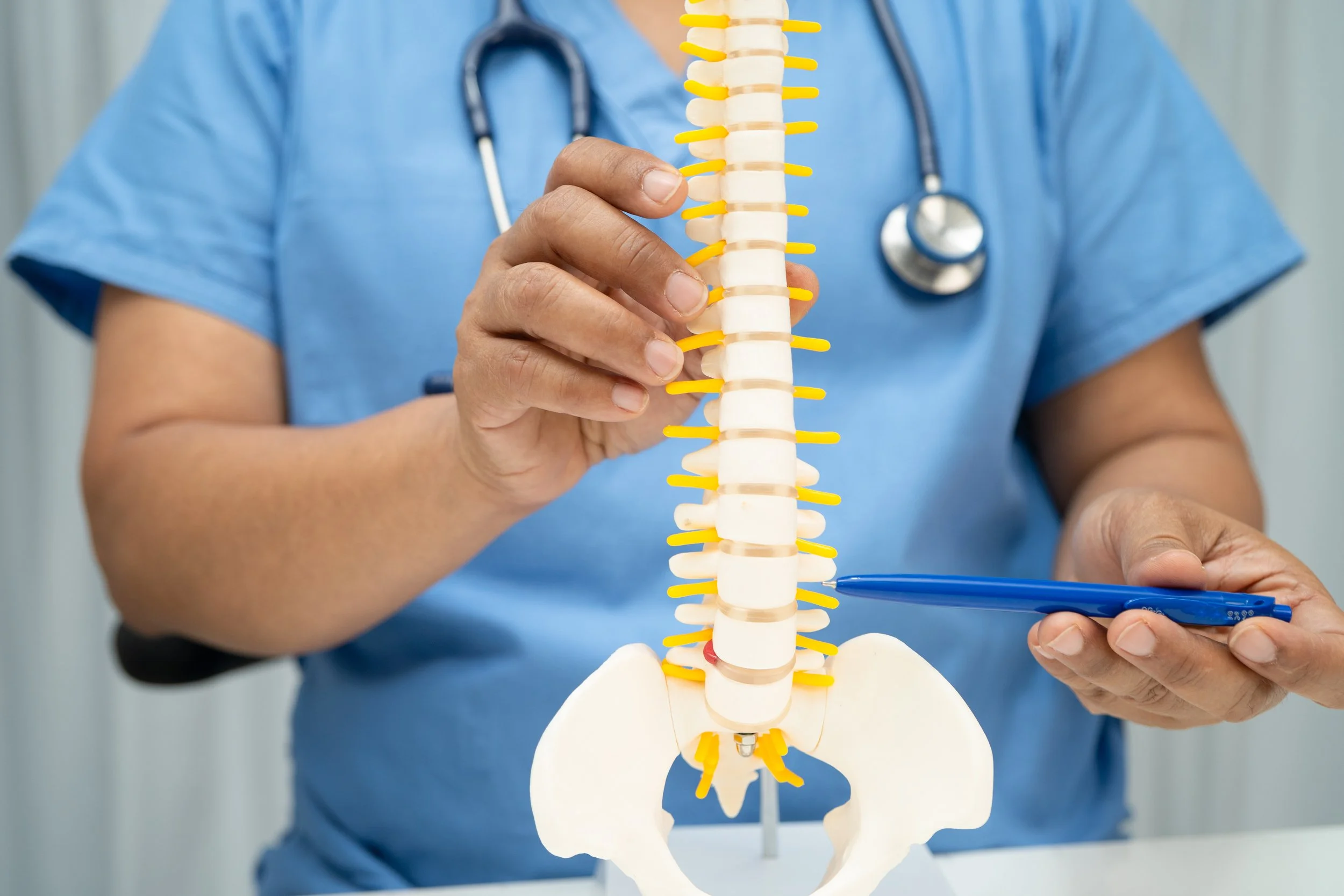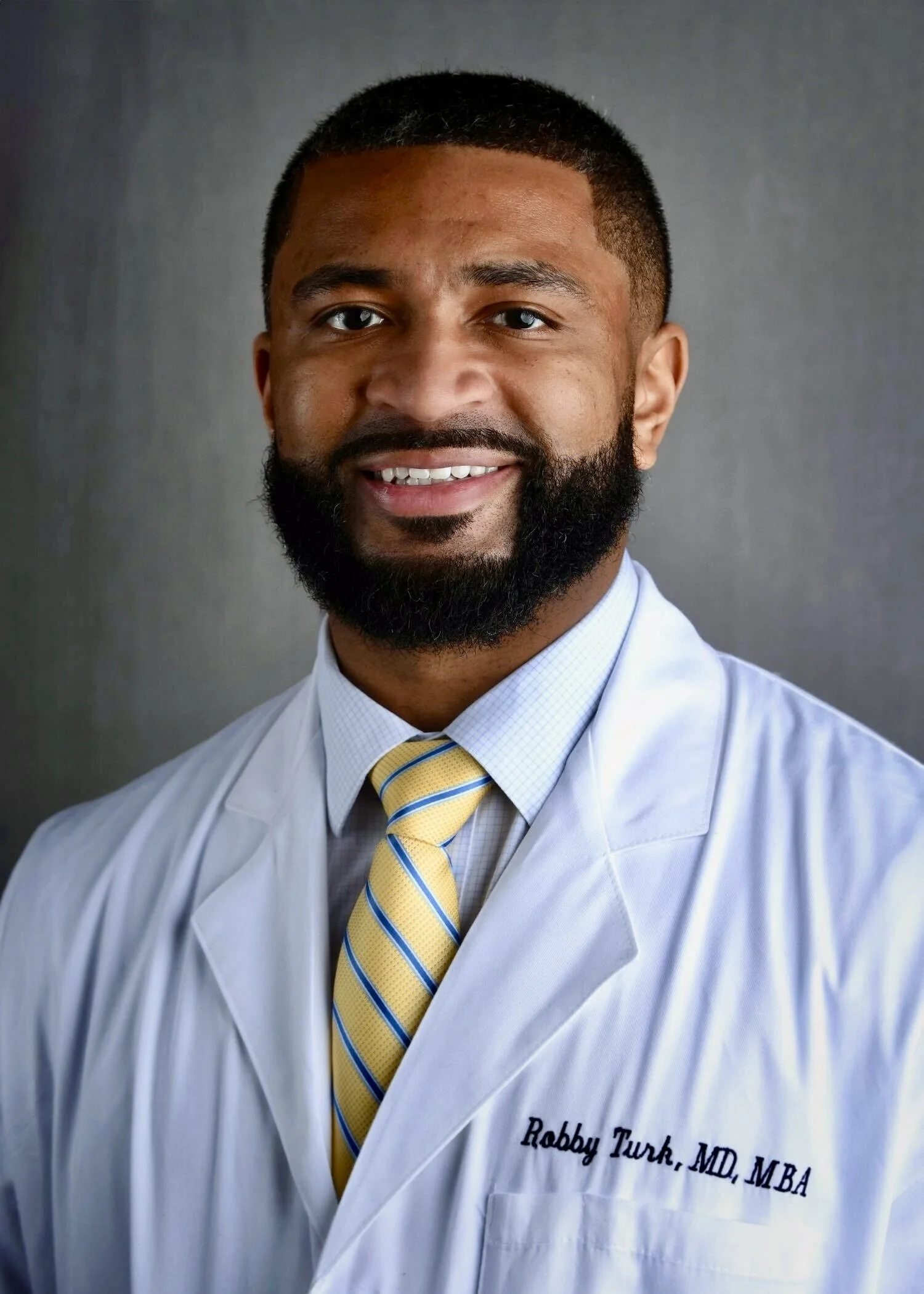Are These Forgotten Back Muscles The Key To Your Pain Relief?
Key Takeaways:
Your back is made up of over 140 muscles
The ILS muscles (Iliocostalis, longissimus, and spinalis) are some of the most important back muscles that are frequently overlooked
Here’s a truth that may surprise you: it’s very rare for back pain to justify surgery. In fact, a large majority of the patients benefit more from targeted, non-operative care — especially when we focus on the often-overlooked muscles that support the spine from the inside out.
Your back is made up of over 140 muscles that mainly contribute to movement of your arms and shoulders. However, a few core muscles are responsible for maintaining your posture and movement like bending and twisting your back.
Three of the most important — yet misunderstood — players in back health are the iliocostalis, longissimus, and spinalis muscles. Together, they form a group known as the erector spinae, and they are absolutely vital for spinal stability, posture, and movement.
Let’s break down their role — and why your back pain just might be tied to their dysfunction.
Meet the Erector Spinae: The Spine’s Unsung Heroes
Think of the iliocostalis, longissimus, and spinalis as the scaffolding that holds your spine upright. Running vertically along the back, from the pelvis to the base of the skull, these muscles do the heavy lifting (literally and figuratively) when it comes to:
Maintaining posture
Controlling spinal motion
Absorbing and distributing forces from daily activities
Supporting the vertebral column during flexion, extension, and rotation
Each muscle in the group has a slightly different origin and insertion, giving it a unique role:
Iliocostalis is the most lateral and helps extend and laterally flex the spine.
Longissimus is the largest and longest, running along the middle of the back — a major stabilizer and extender.
Spinalis is closest to the spine and provides fine-tuned control over vertebral movements.
Together, they’re essential for spinal mechanics — yet they often go undertrained, underused, or simply ignored in most back pain programs.
Weakness and Imbalance: The Hidden Root of Chronic Back Pain
Here’s where things get interesting: when these muscles become deconditioned — due to prolonged sitting, poor posture, injury, or lack of exercise — they can no longer support the spine effectively. Other muscles, like the superficial back or hip muscles, try to compensate. That leads to overload, inflammation, and eventually, pain.
Many of my patients with chronic low back pain don’t have herniated discs or structural deformities. What they have is muscle imbalance and poor neuromuscular control — especially involving the erector spinae group.
In simple terms: if these muscles aren’t doing their job, your spine is working harder than it should.
The Fix: Precision Training for the Erector Spinae
Rebuilding strength, endurance, and control in these deep spinal muscles is one of the most effective ways to reduce or prevent back pain — and the best part? It doesn’t require surgery or injections.
At MBH, we’ve developed a comprehensive virtual platform that combines:
Functional movement screening
Targeted strengthening protocols
Biofeedback-driven rehab
Real-time coaching and tracking
Our approach places a heavy emphasis on retraining the iliocostalis, longissimus, and spinalis — using safe, progressive exercises that restore endurance and coordination. These aren’t generic “back stretches” or passive therapies. They’re active, intelligent strategies personalized to each individual’s movement profile.
Why virtual? Because it removes access barriers, allows for continuous progress tracking, and empowers patients to become active participants in their recovery — from home, on their schedule.
The Takeaway: Train the Right Muscles, Get the Right Results
Back pain is complex, but solutions don’t have to be. If you’re struggling with chronic or recurring discomfort, ask yourself: Are you strengthening the muscles that actually stabilize your spine?
Too often, we chase symptoms instead of addressing root causes. The iliocostalis, longissimus, and spinalis aren’t glamorous, but they are fundamental. When you train them properly — with expert guidance and consistent effort — your spine can move better, feel better, and stay healthier long-term.
Non-operative treatment isn't second-best — it’s often the most effective, evidence-based first step. And in many cases, it starts with giving your spine’s most important muscles the attention they deserve.
Final Thought:
If you're interested in learning how our virtual platform helps you strengthen your spine from the inside out, reach out — we’re here to help you move better, live stronger, and get back to doing what you love.
What are your thoughts about this article? Share them with the MyBackHub community on our community page here.
About the Author:
Rob Turk, MD, MBA
Chief Medical Advisor, MyBackHub
Rob Turk is the Chief Medical Advisor for MyBackHub, Inc. Dr. Turk has a broad foundation of talent in both medicine and business, previously obtaining his MD at the University of California, San Diego School of Medicine and his MBA at the University of Virginia Darden School of Business. As an entrepreneur and orthopaedic spine surgeon, he has unique and valuable insight on many topics. He is a published author in leading scientific journals such as JBJS and Arthroscopy, has written multiple book chapters, and has been a reviewer for a number of scientific journals. He is passionate about motion preservation and innovation in spine care, health equity, delicious food, and sports.
Disclaimer:
As a service to our readers, MyBackHub provides access to our library of archived content. Please note the date of last review or update on all articles. No content on this site, regardless of date, should ever be used as a substitute for direct medical advice from your doctor or other qualified clinician.
No content on this site, regardless of date, should ever be used as a substitute for direct medical advice from your doctor or other qualified clinician.







